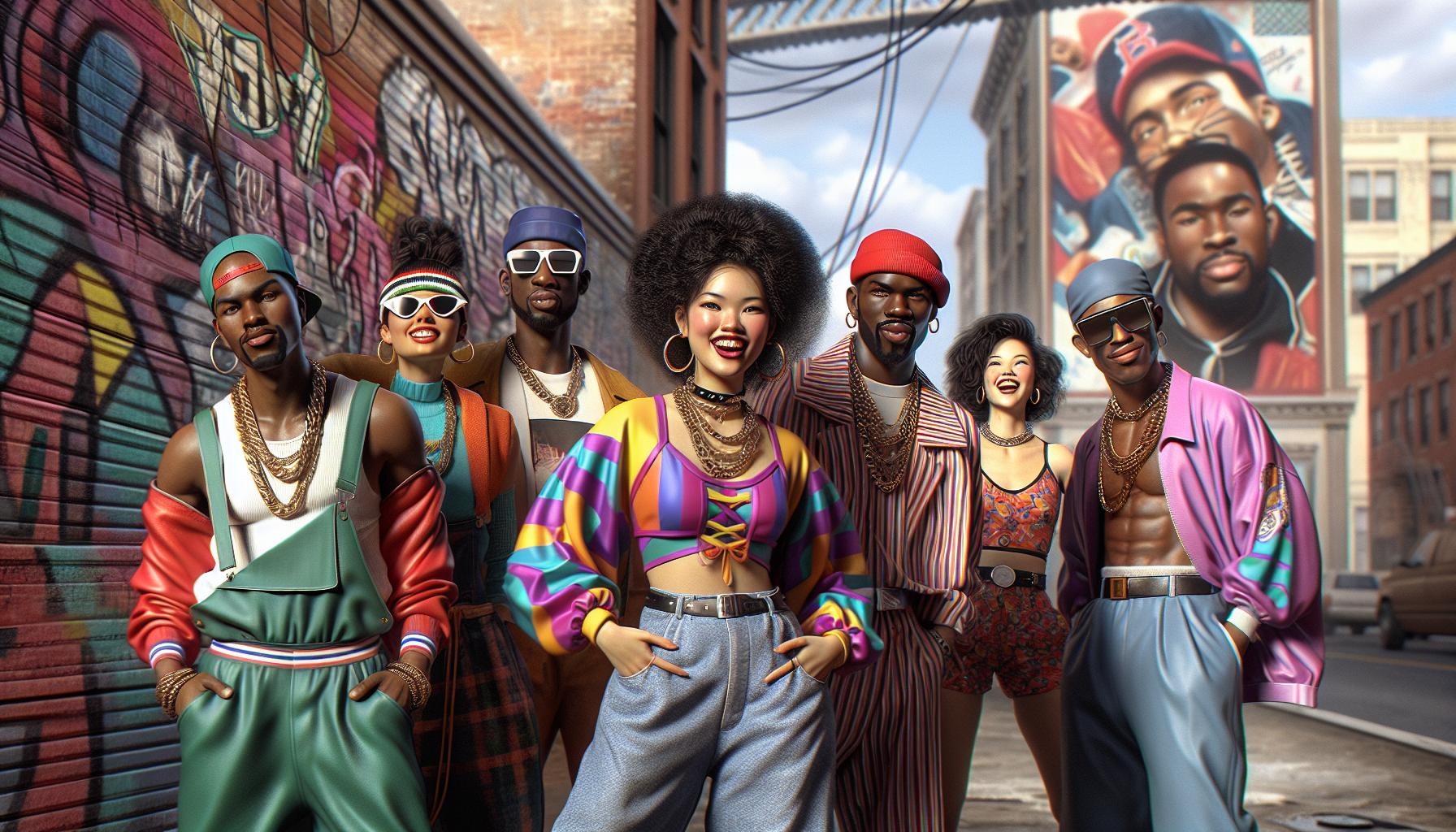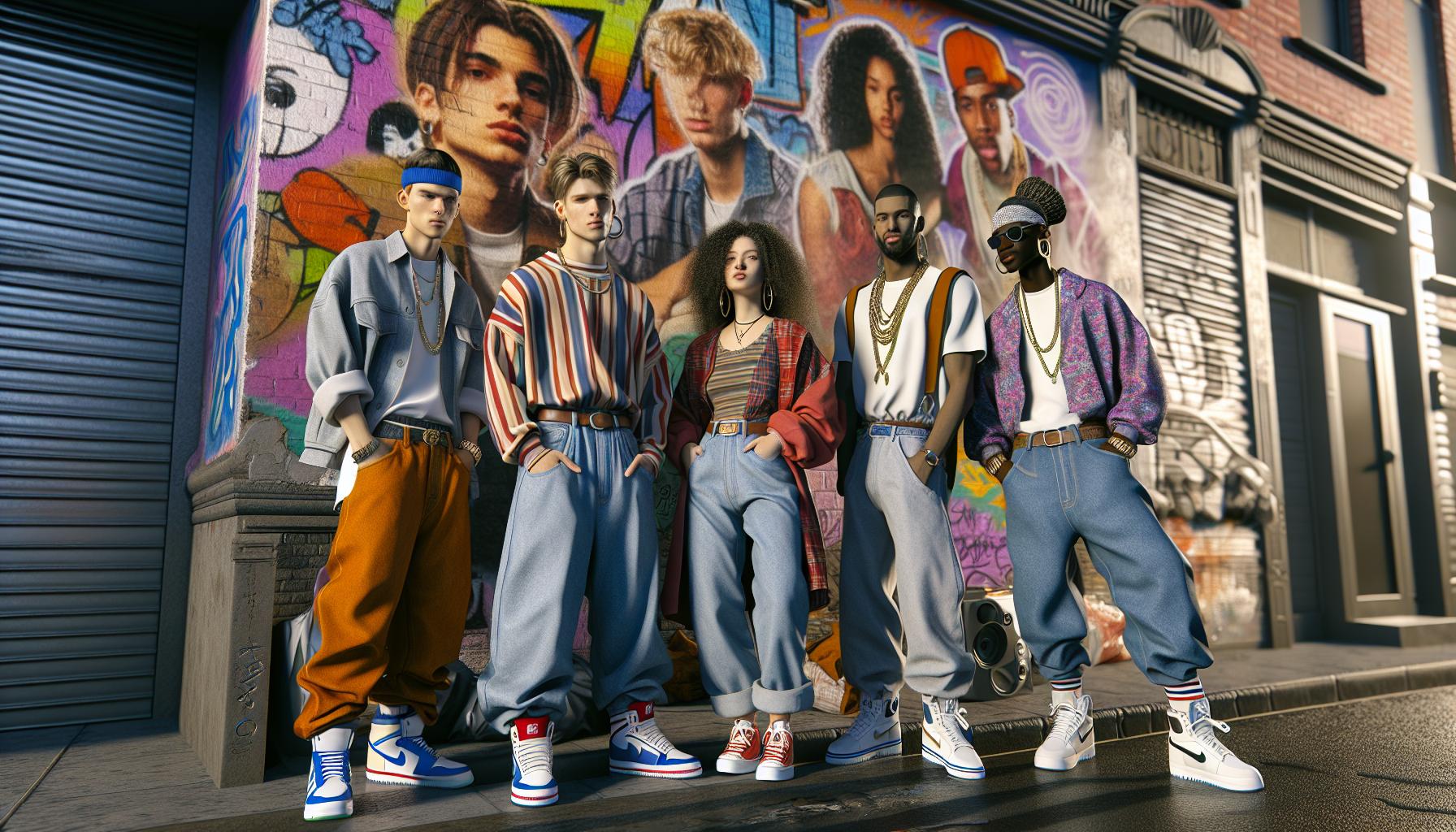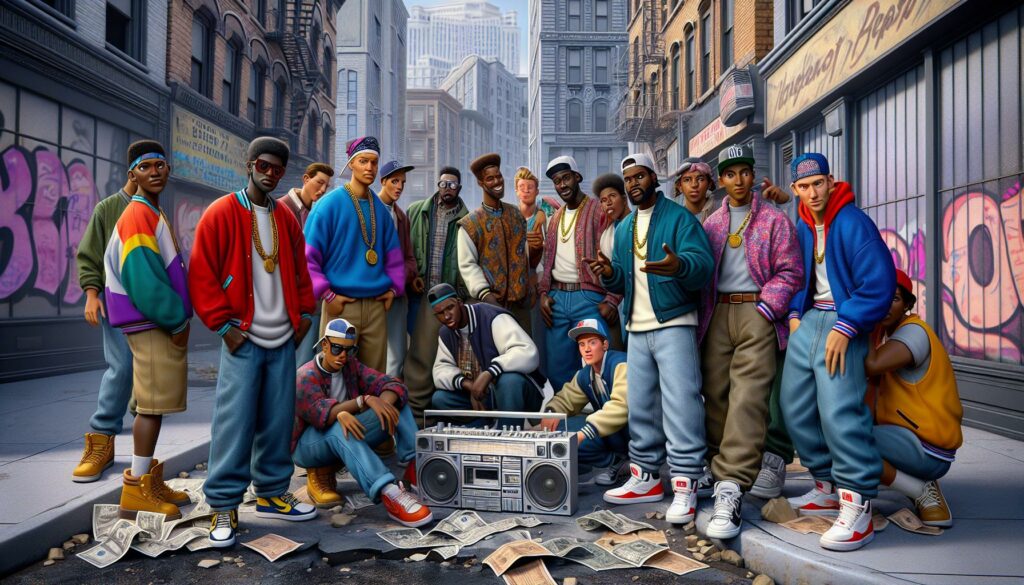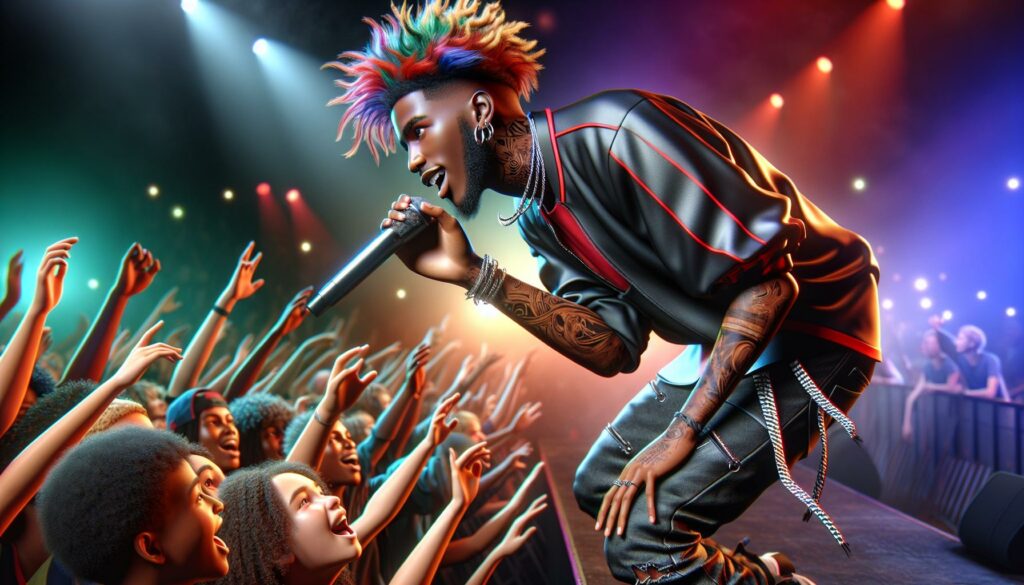The 90s were a golden era for rap music, a time when the genre exploded into mainstream culture and shaped the musical landscape we know today. I still remember the thrill of hearing those iconic beats and powerful lyrics that spoke to a generation. From East Coast to West Coast, artists brought their unique styles and stories, creating a rich tapestry of sound that resonates even now. As I dive into the world of popular 90s rap songs, I can’t help but feel nostalgic for the tracks that defined my youth. Whether it was the lyrical genius of Nas or the infectious energy of Tupac, each song had its own impact. Join me as I explore some of the most unforgettable hits that not only dominated the charts but also left a lasting legacy in the hip-hop community.
- Golden Era of Rap: The 90s marked a pivotal time for rap music, characterized by its rise to mainstream popularity and significant cultural influence.
- Influential Artists: Key figures like Nas, Tupac, and The Notorious B.I.G. revolutionized the genre with their unique styles, impactful lyrics, and memorable hits.
- Regional Diversity: The decade showcased distinct sounds from different regions, with East Coast’s rapid-fire delivery and West Coast’s laid-back G-funk style contributing to the genre’s richness.
- Iconic Tracks: Songs like “Juicy,” “California Love,” and “Nuthin’ but a ‘G’ Thang” not only topped charts but also defined the era and set standards for future hip-hop music.
- Cultural Impact: The 90s cultivated a unique hip-hop fashion and served as a platform for social commentary, addressing pressing societal issues through powerful storytelling in lyrics.
- Enduring Legacy: The influence of 90s rap continues to shape modern hip-hop, as current artists often draw from the lyrical depths and innovations established during this transformative decade.
Popular 90s Rap Songs
The 1990s produced numerous rap songs that shaped the genre and culture. Chart-toppers and underground hits alike showcased diverse styles, lyrical prowess, and unique storytelling. Artists like Nas, Tupac, and The Notorious B.I.G. defined this era with their innovative approaches.
Key Artists and Their Hits
- Nas: Released “Illmatic” in 1994, featuring the influential track “N.Y. State of Mind.” This song exemplified lyricism and contributed to Nas’s reputation as a top-tier artist.
- Tupac Shakur: Known for anthems like “California Love” and “Changes,” Tupac addressed social issues and personal struggles, resonating deeply with audiences.
- The Notorious B.I.G.: His debut album “Ready to Die,” released in 1994, included classics such as “Juicy” and “Big Poppa,” highlighting storytelling and charismatic delivery.
Iconic Tracks and Their Influence
Many songs transcended the charts, becoming cultural touchstones. For example, “Rapper’s Delight” by the Sugarhill Gang paved the way for commercial success. Tracks like “Gin and Juice” by Snoop Dogg demonstrated the G-funk style and highlighted West Coast rap’s influence.
Regional Styles
The 90s saw a blend of regional sounds, from East Coast rapid-fire delivery to West Coast laid-back rhythms. Artists from the South introduced new beats and melodies, leading to the emergence of labels like Cash Money Records. This regional diversity enriched the genre.
Legacy and Impact
The impact of 90s rap songs continues to thrive in today’s music. Modern artists often cite their influences from this era, merging original beats with contemporary sounds. The lyrical depth and social commentary of that time paved the way for the themes present in modern hip-hop.
By exploring the popular rap songs of the 90s, I appreciate the era’s contribution to the evolution of hip-hop and its enduring legacy in today’s music scene.
Notable Artists of the 90s

The 1990s showcased a variety of influential rap artists who defined the genre and its evolution. Their unique styles and powerful lyrics contributed to the rich tapestry of hip-hop culture during this vibrant decade.
The Rise of East Coast Rap
East Coast rap gained prominence with innovative artists and iconic tracks. Nas, with “N.Y. State of Mind,” delivered introspective lyrics that captured the struggles of urban life. The Notorious B.I.G. revolutionized storytelling within rap, with “Juicy” standing out as a celebration of success against adversity. Groups like Wu-Tang Clan introduced a gritty sound and complex lyricism, exemplified in songs like “C.R.E.A.M.” This era set the stage for a lyrical renaissance, emphasizing verbal dexterity and cultural commentary.
The Influence of West Coast Rap
West Coast rap carved out its distinct identity, characterized by laid-back beats and unique rhythms. Artists like Tupac Shakur emerged as powerful voices, with anthems like “California Love” resonating across the country. Dr. Dre’s work on “The Chronic” shaped the sound of West Coast hip-hop, introducing G-funk and elevating Snoop Dogg’s career with classics like “Gin and Juice.” This region’s contributions created a vibrant subculture that influenced fashion, language, and social movements, leaving a lasting imprint on the genre.
Iconic Tracks That Defined the Decade

The 1990s produced some of the most memorable rap songs in history, shaping the genre and influencing countless artists. Below, I analyze three iconic tracks that truly encapsulate the spirit of the decade.
Analyzing “Juicy” by The Notorious B.I.G.
“Juicy,” released in 1994, serves as an anthem of aspiration and triumph. The song chronicles Biggie’s rise from humble beginnings to superstardom, utilizing a catchy hook and memorable lyrics. Its blend of storytelling and confident delivery made it a blueprint for future artists. The production features a notable sampling of Mtume’s “Juicy Fruit,” creating a smooth, soulful backdrop that complements Biggie’s powerful flow. “Juicy” became emblematic of 90s rap, resonating with listeners through its relatable message of dreams come true.
Exploring “California Love” by 2Pac
“California Love,” a collaboration with Dr. Dre, debuted in 1995 and instantly became a West Coast classic. Known for its infectious beat and party vibe, the song celebrates California’s culture and lifestyle. 2Pac’s charismatic delivery, combined with Dre’s production prowess, creates an unforgettable anthem that appeals to a wide audience. The track’s iconic hook and distinctive synthesizer riff embody the G-funk era, solidifying its place in hip-hop history. “California Love” continues to influence contemporary rap and remains a staple at parties and gatherings.
The Legacy of “Nuthin’ but a ‘G’ Thang” by Dr. Dre
Released in 1992, “Nuthin’ but a ‘G’ Thang” marks a turning point in hip-hop, showcasing the West Coast’s laid-back style. The smooth production and catchy hooks, along with Snoop Dogg’s debut verse, create an easygoing yet impactful track that captures the essence of G-funk. Dr. Dre’s innovative use of samples and beats set a new standard for the genre, influencing artists for years to come. This track played a crucial role in bringing West Coast rap to the forefront, affecting fashion and culture in major ways. Its legacy persists, as it remains a defining piece of music that continues to inspire and resonate in the world of rap.
Cultural Impact of 90s Rap

The 1990s marked a transformative period for rap music, significantly shaping culture and society. The influence of this decade continues to resonate in both music and culture today.
The Evolution of Hip-Hop Fashion
Hip-hop fashion evolved dramatically during the 90s, shaping trends that still persist. Baggy jeans, oversized shirts, and signature sneakers defined the style made popular by artists like The Notorious B.I.G. and Tupac Shakur. Brands like FUBU and Cross Colours gained prominence, reflecting the culture’s shift towards streetwear. Accessories such as gold chains and baseball caps became symbols of identity within the community. The rise of hip-hop culture also influenced mainstream fashion, with high-profile collaborations emerging in subsequent decades.
The Role of Rap in Social Commentary
Rap music in the popular 90s rap songs served as a powerful vehicle for social commentary, addressing issues like racism, poverty, and violence. Artists like Nas and Tupac tackled systemic inequalities through their lyrics, raising awareness about the struggles faced by marginalized communities. Tracks such as “Changes” by Tupac and “N.Y. State of Mind” by Nas presented raw, poignant reflections on life in urban America. The storytelling aspect of these songs provided listeners with a deeper understanding of societal issues, provoking thought and conversation. The genre’s boldness in confronting uncomfortable truths helped shape public discourse and inspired future generations of artists to continue this legacy.
The 90s were a groundbreaking era for rap music that shaped the genre and culture in ways still felt today. The powerful lyrics and innovative beats from artists like Nas Tupac and The Notorious B.I.G. created a legacy that continues to inspire contemporary musicians.
I can’t help but feel nostalgic when I hear those iconic tracks that defined a generation. The fusion of diverse styles and the emergence of regional sounds enriched hip-hop and fostered a vibrant community.
As we celebrate these timeless classics it’s clear that the impact of 90s rap extends far beyond music. It transformed fashion language and social movements making it a pivotal chapter in cultural history. The influence of this decade remains strong reminding us of the power of rap as a voice for change.



